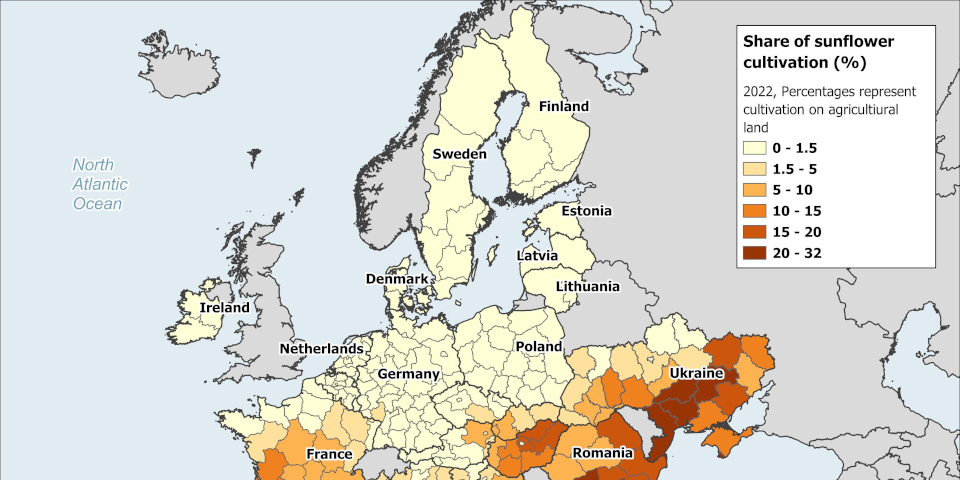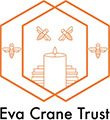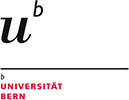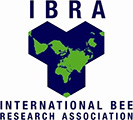Sunflower, Helianthus annuus L., is a prominent global oilseed crop with rising cultivation and appeal as a bee-friendly plant by providing abundant floral resources for pollinators. Mass-flowering crops can increase the availability of resources, and sunflower is a good opportunity to relieve pollen scarcity during the late summer in agricultural landscapes. Yet this should be taken with caution as they also provide a homogeneous source of nutrition. This study aimed to review and summarize the nutritional profile of sunflower pollen, nectar, bee bread, and honey, while assessing their effects on bee survival, development, and health. Furthermore, we present here the general state of knowledge on additional pollinator syndromes that extend beyond floral resources, including those influencing pollinator visual and olfactory attraction. We found that while sunflower pollen’s nutritional quality is questioned due to lower protein and amino acid deficiencies, its nutrient content, like nectar sugars, had large variability. Sunflower pollen consumption showed mixed effects on Apis mellifera and Bombus species, sometimes negatively impacting development and survival. However, studies have conveyed a positive impact on bee health as sunflower pollen consistently reduced the infection intensity of the gut parasite, Crithidia bombi, in Bombus species. This probes the question on defining the quality of floral resources, emphasizing the need for caution when categorizing sunflower as a low quality nutritional resource. This review also outlines the importance of sunflower nectar characteristics (sugar content and volume) and floral morphology (flower pigmentation and corolla length) on pollinator foraging preferences. A prominent knowledge gap persists regarding nectar chemistry and sunflowers’ extensive volatile profile to better understand the pollination syndromes that drive its pollinator interactions.
2412 Members
127 Countries!
127 Countries!




